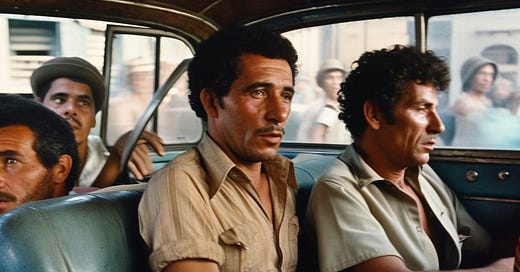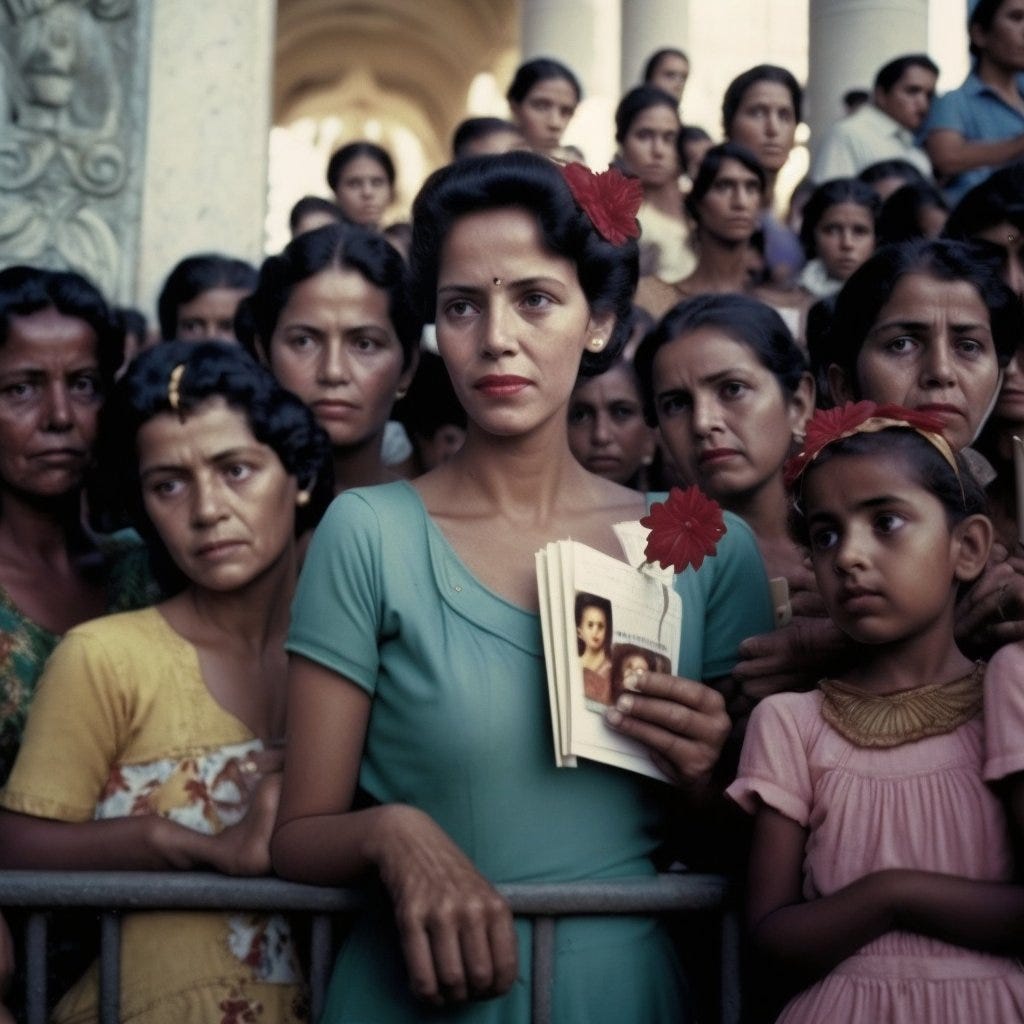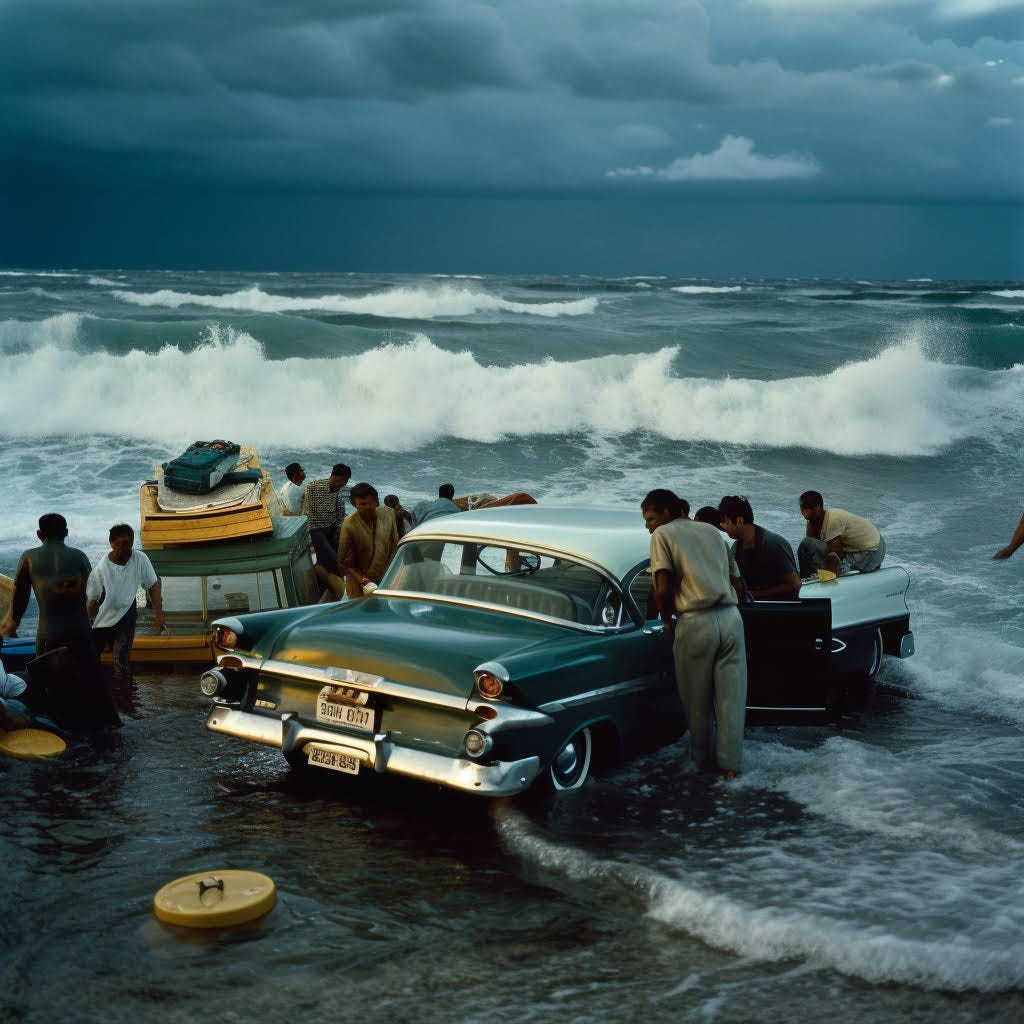In late 2012 I had the good fortune to interview photojournalist Michael Christopher Brown for Digital Photo Pro magazine. At the time he was a National Geographic photographer who would eventually join (and subsequently leave) the famed Magnum photo agency. He was living in China in 2012 and would soon relocate to the Democratic Republic of the Congo. He had also garnered attention a year earlier for his work covering the civil war in Libya during which time he was the focus of an HBO documentary called Witness: Libya. It was there that he was injured by shrapnel from the mortar strike that killed photographers Chris Hondros and Tim Hetherington.
I tell you all this to make clear that this man is a serious photographer. One of the greats. And a deep thinker about the medium of photography and its role in our understanding of the realities of our world.
At the time of our interview, the topic at hand was Brown’s use of smartphones in documenting the war in Libya. He made headlines for what many considered a gimmick but which was clearly more than just an experiment. It was a necessity to get him closer to the story he so desperately wanted to tell.
“In Libya everyone used phones to take pictures and videos," he told me, "so what I was doing was no different, in a way. Though as a foreigner I was perhaps taken more seriously, as it was assumed I was there to record the revolution in some way. But I wasn’t seen as a photographer. More often Libyans, and even photographers and journalists, took me as a writer. On more than one occasion I was accused of being a spy. Eventually, in sensitive situations, I would often carry a notebook and pen in one hand so people would assume I was a journalist."
Brown knew that when a photojournalist raises a camera to his eye it changes the mood around him. Since even in those early days the smartphone was ubiquitous and signaled amateur snapshot status, the photographer could use a phone and get closer than ever.
“What is a good photograph?” Brown asked me. “The boundaries of a good photograph vary widely and depend on who’s looking at the picture and for what purpose. In some ways, I don’t think the good photograph exists, or that it even matters. What matters is the degree of power the photograph contains for a particular use, and if it’s powerful enough. Anyway, this prettiness is often excessively dramatic, and this has, in a sense, damaged the opportunities for those interested in making serious work with phones. But strong work is strong work, and eventually it’s recognized as such.”
During a 2014 interview with Vice Magazine, Brown spoke about his career in photojournalism in the past tense.
“I always made a living from photojournalism,” he said, “but ultimately it was too rigid in structure to allow for much growth. I never identified with photojournalism and was always more inspired by street or documentary photographers. Then, a few years ago, I found that I could express things better while writing than taking pictures, and through the writing realized the photography lacked definition. I entered a transition that continues to this day, aiming to use photography more as an individual, a citizen, than as just a photographer working to illustrate or report something. It was a big shift, from solely documenting the outward to documenting and analyzing the outward and inward.”
These are the words of a man who is struggling with the distinction between photojournalism and art. Not that he is confused by them, but rather finds a meaningful difference between the two and is simply unsure of which approach is more effective as a storytelling tool. In my estimation he is aiming for unvarnished truth, the complete lack of artifice, pure and efficient visual communication. He has no interest in an outsider view, or capturing the same images countless other photographers have. He sees the eyes of his subjects’ change as he approaches them with a giant camera in hand. He struggles to shift his status from outsider to in so he can observe and record a scene without influencing it. He wants to see what he can never see as a photojournalist in the traditional sense.
Cut to 2023, the spring of AI.
In April, Brown posted on Facebook, Instagram and Twitter a group of images that he would soon launch as NFTs. Each post shared the same heading: THIS IMAGERY IS NOT REAL.
The images that followed, his caption explained, were generated from AI. The project, titled 90 Miles, is what Brown calls “a post-photography AI reporting illustration experiment” depicting Cuban life since 1961 and the plight of those who attempt to cross the 90-mile stretch of water between their island and the United States.
“For over 25 years,” Brown wrote in his post, “I kept a list of subjects to document but was unable to, mainly due to access or that access was impossible. While working in Cuba from 2014-2016, more subjects were added to the list with the assumption they would likely never be created.”
Brown’s project has not yet garnered the attention commensurate with its impact. As Amber Terranova wrote in the only serious piece I’ve seen on the subject: “While the 90 miles project may be controversial to many, it does provide a platform for valuable discourse at an inflection point in photography and the role of AI in the arts.”
Commenters on social media have generally not been so thoughtful.
“Destroying history and documentary photography at the same time,” one commenter wrote. “Lying sack of shit makes up fake news,” wrote someone else. “Dingus,” summarized another.
When I first saw 90 Miles I will admit to my own astonishment. I had thought the one corner of our world that might be safe from AI was documentary photography. But the more I considered the project and Brown’s comments elsewhere over that last decade, I realized the vigorous debate and outraged citizenry is all part of the photographer’s plan. And if I want anyone pushing the boundaries of photojournalism it’s Michael Christopher Brown.
I would argue that he has always been a bit of an agent provocateur—pushing buttons and boundaries and redefining what’s possible. He has a demonstrated history of striving to tell important stories that are above all true, and go farther in more unique ways than the photographers around him.
The angry commenters fail to put this project in the context of his career, and thus are perhaps missing the point: that he is not endorsing AI as a replacement for photography but rather engaging in an effort to drive discussion about documentary photography in the age of AI before it’s too late. Fake news did fine long before AI. Imagine how good (read: terrible) it’s going to be now.
Photography’s superpower—its perception as a factual record—will protect it from AI, but only if we quickly establish a permanent means of identification to prevent confuddling the two. Once we confuse what is “real” with what is generated by AI, all bets are off. Which is where Brown and his project come in.
I think Brown knows good and well that AI is not going to replace photography, precisely because of the imbalance of power indicated by his headline: THIS IMAGERY IS NOT REAL. It’s not “real” in the way a photograph is, no matter how photorealistic it may appear. This is photography’s superpower: it all starts with what’s real.
This same protection was required at the dawn of the digital era, when editors and journalists agreed that excessive manipulation made simple by Photoshop was to be persona non grata in photojournalism and documentary photography—the places where “real” counts most. And so AI images will not be permissible in the pages of our daily newspapers, under the guise of being real, so long as we make an effort to distinguish between AI and photography before it’s too late.
It isn’t photography, but it sure looks like it.
Perhaps the best place to start is the voluntary embedding of pixel-level watermarking and metadata that identifies an image as AI generated. Like a digital fingerprint. Google is pushing for as much, but we’re going to need the AI developers on board as well.
So great is the power of photography that even the appearance of photorealism is enough to make us believe in an image, even when we know it to be categorically untrue. That is, in fact, part of the charm of AI: “It’s making my wildest dreams a reality!” So while there is this fundamental gulf between AI and photography, the border is also razor thin. Something as simple as captions and watermarks are essential to preserving the power of photographic truth. But in the long run it’s not going to be enough.
The danger is not that people will deliberately try to pass off AI imagery as photographs (which of course will surely happen) but rather the inevitability that sloppy record keeping and social shareability will divorce a photorealistic AI image from its caption and the context that identifies it as such. So in 10 or 20 or 50 years Brown’s AI images of Cuba will find their way into textbooks, and a generation of students will grow up thinking these images are photographs, and therefore real. And history will be written by those who decide to reshape it.
In the Blind magazine piece, Brown told the author that he shares many of the public’s concerns about AI. “But there’s no getting around that the technology is here,” he said. “So how do we constrain it while using it to tell stories, especially stories impossible to photograph, that might generate empathy and awareness of important issues?”
“If we do this right,” he said, “nothing will threaten photography because photography is among the only ways we have to confirm reality, monitor power and truth. Our jobs have never been as important as now and will only become even more so.”
Doomed To Repeat It
As Ryan Broderick wrote in his (essential) Garbage Day newsletter: “There is simply no way you can say you care about something if you replace it with AI.”









Imagine if these images had been presented as paintings of the hyperrealism genre. The point, I think, is that technology offers tools for human expression. It's in the way that you use it.
Some of AIs durability will come from what the viewer is ready to accept as good enough. Much will then depend upon viewers becoming sharers preserving validation.